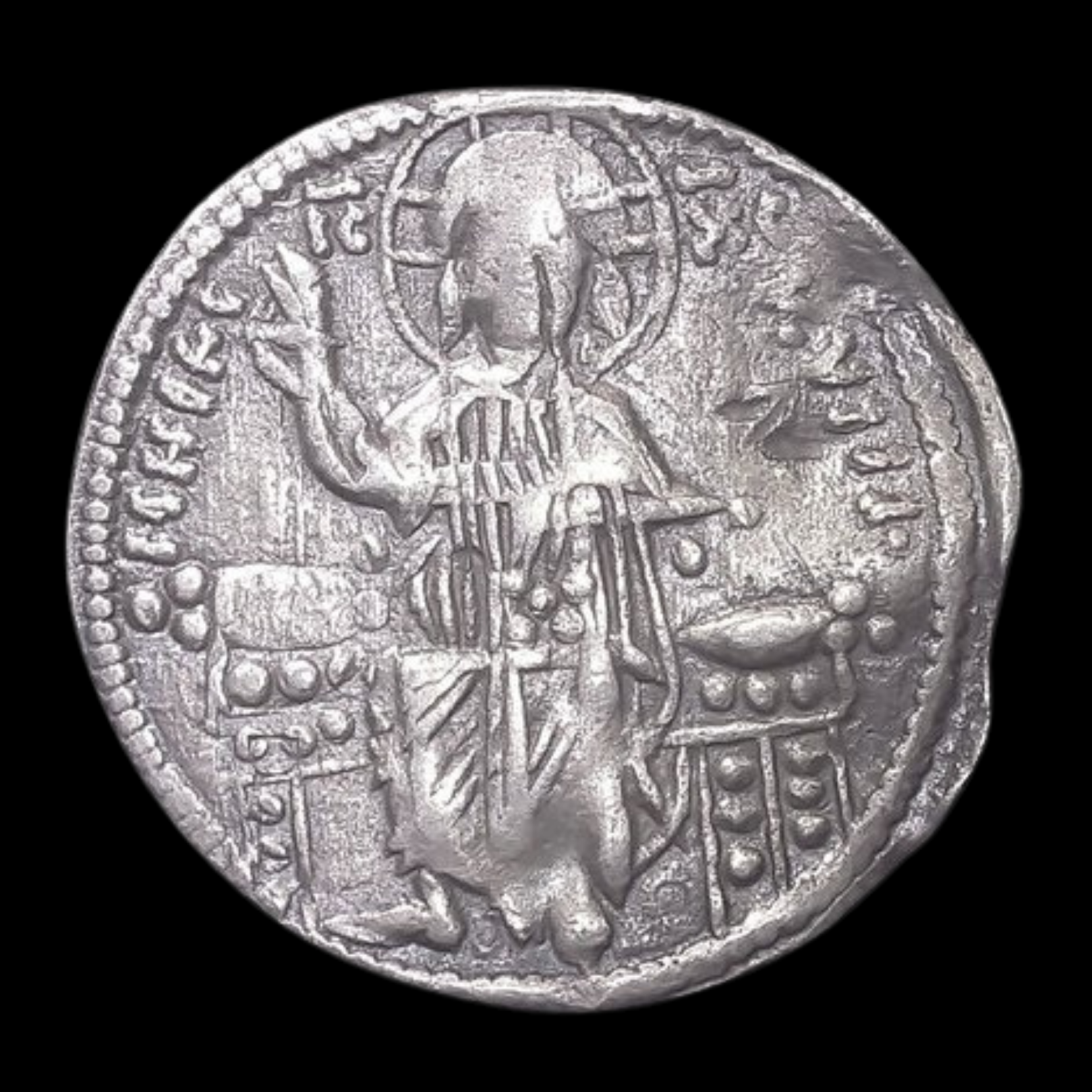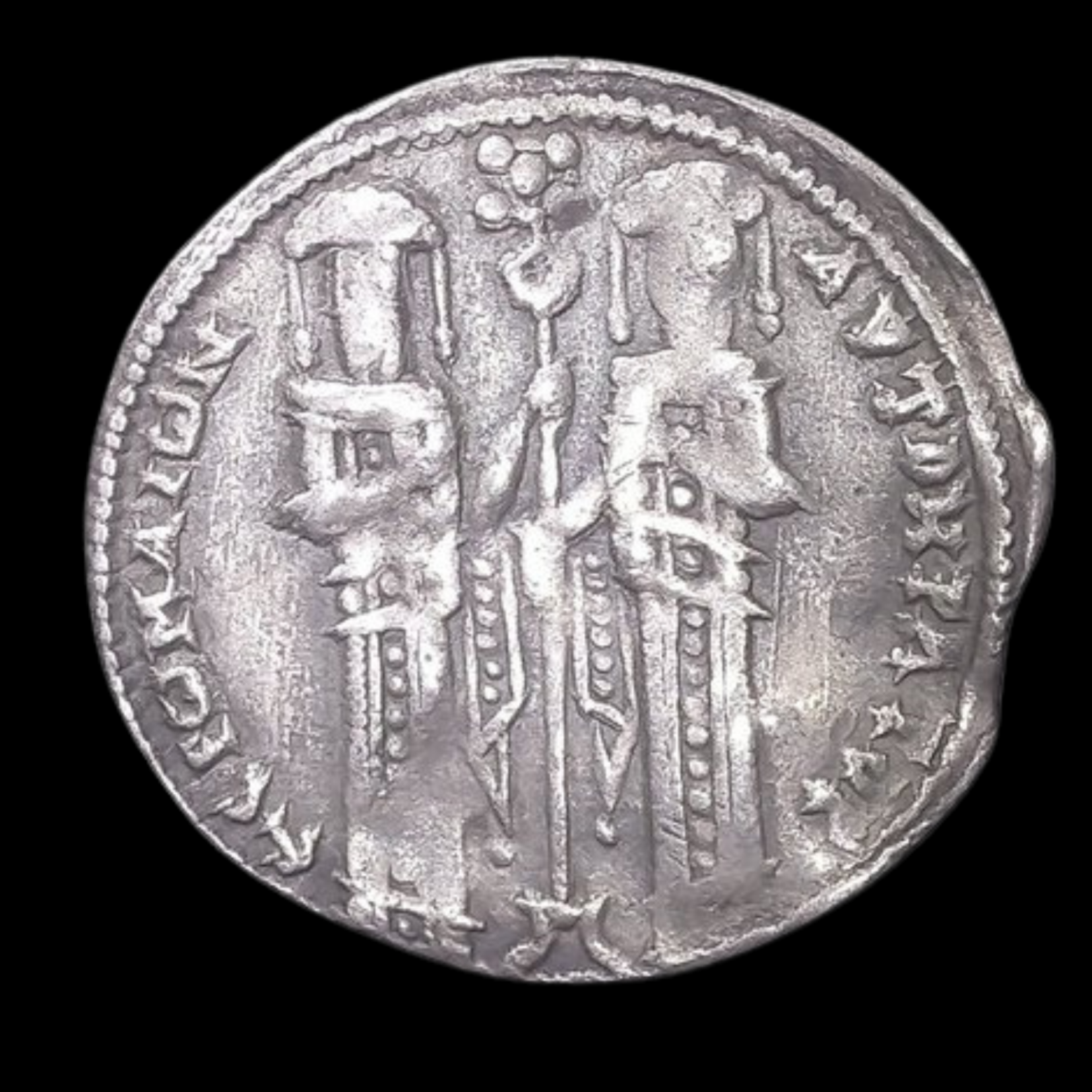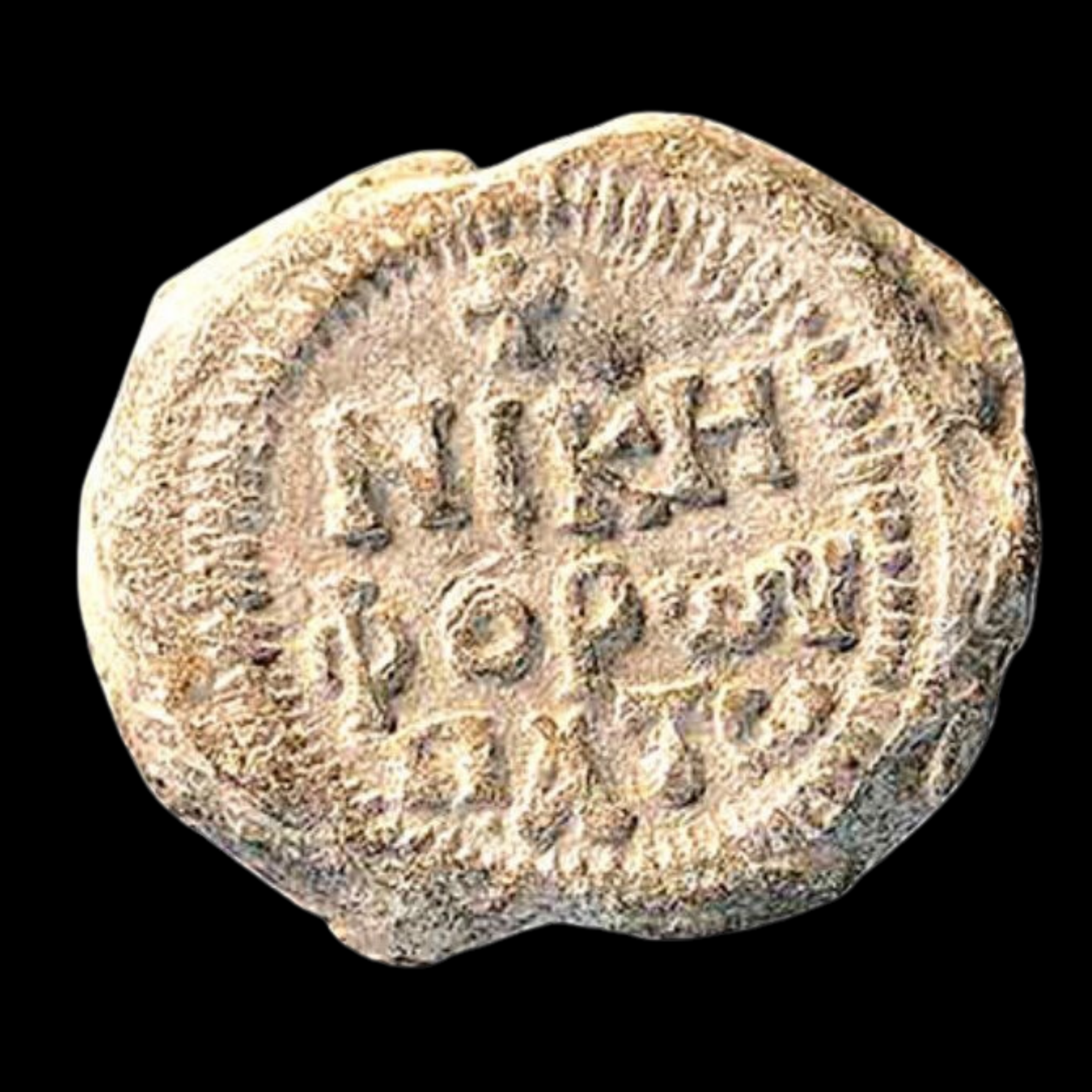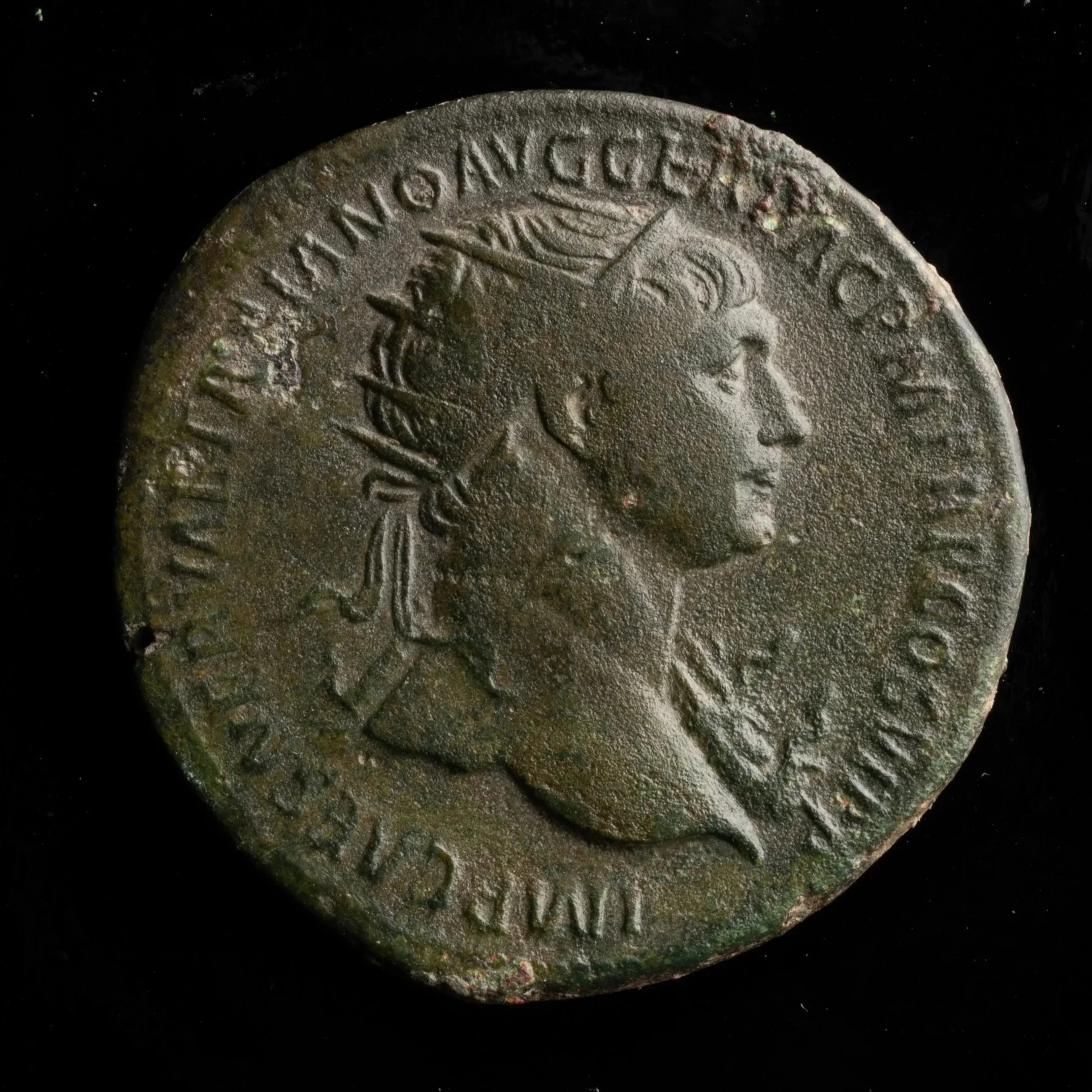 Image 1 of 4
Image 1 of 4

 Image 2 of 4
Image 2 of 4

 Image 3 of 4
Image 3 of 4

 Image 4 of 4
Image 4 of 4





Byzantine Coin of Emperor Justinian I (5 Nummi, ~1500 Years Old) – The Great Emperor Who Built the Hagia Sophia – NGC Certified
The coins shown are representative examples of the grade and type, but not the actual specimens for sale. For details on NGC’s grading standards and definitions, please refer to our NGC Grading page.
This small copper coin known as a Pentanummia was minted during the reign of Emperor Justinian I, one of the Byzantine Empire's most influential rulers. Created in the mid-6th century, this modest denomination was part of everyday commerce throughout the eastern Mediterranean region during a time of significant imperial expansion and cultural flourishing.
Coin Description:
Front side: Profile portrait of Emperor Justinian I wearing an imperial crown and royal regalia, with Latin inscriptions naming him as emperor circling the edge
Back side: Large letter "E" (representing the Greek numeral for 5) with a cross above it, indicating the coin's value of 5 nummi
Technical Details:
Copper alloy composition
Pentanummia denomination (worth 5 nummi, a small fraction of a solidus gold coin)
Sear Byzantine Coins reference #163
NGC (Numismatic Guaranty Corporation) certified
Minted approximately 527-565 CE during Justinian's reign
Fine condition (moderate wear with main design elements still visible)
Historical Significance:
This coin circulated during the ambitious reign of Justinian I, who sought to restore the former glory of the Roman Empire by reconquering territories in Italy, North Africa, and Spain. Minted in Constantinople (modern Istanbul, Turkey), these small copper coins were used for everyday transactions by common citizens throughout the Byzantine Empire. The pentanummia represented Justinian's monetary reforms, which standardized the Byzantine currency system during a period of extraordinary architectural achievements including the construction of the Hagia Sophia. The distinctive "E" on the reverse reflects the Greek influence in this continuation of Roman imperial traditions, highlighting the cultural transition from Latin West to Greek East that defined the Byzantine world.
The coins shown are representative examples of the grade and type, but not the actual specimens for sale. For details on NGC’s grading standards and definitions, please refer to our NGC Grading page.
This small copper coin known as a Pentanummia was minted during the reign of Emperor Justinian I, one of the Byzantine Empire's most influential rulers. Created in the mid-6th century, this modest denomination was part of everyday commerce throughout the eastern Mediterranean region during a time of significant imperial expansion and cultural flourishing.
Coin Description:
Front side: Profile portrait of Emperor Justinian I wearing an imperial crown and royal regalia, with Latin inscriptions naming him as emperor circling the edge
Back side: Large letter "E" (representing the Greek numeral for 5) with a cross above it, indicating the coin's value of 5 nummi
Technical Details:
Copper alloy composition
Pentanummia denomination (worth 5 nummi, a small fraction of a solidus gold coin)
Sear Byzantine Coins reference #163
NGC (Numismatic Guaranty Corporation) certified
Minted approximately 527-565 CE during Justinian's reign
Fine condition (moderate wear with main design elements still visible)
Historical Significance:
This coin circulated during the ambitious reign of Justinian I, who sought to restore the former glory of the Roman Empire by reconquering territories in Italy, North Africa, and Spain. Minted in Constantinople (modern Istanbul, Turkey), these small copper coins were used for everyday transactions by common citizens throughout the Byzantine Empire. The pentanummia represented Justinian's monetary reforms, which standardized the Byzantine currency system during a period of extraordinary architectural achievements including the construction of the Hagia Sophia. The distinctive "E" on the reverse reflects the Greek influence in this continuation of Roman imperial traditions, highlighting the cultural transition from Latin West to Greek East that defined the Byzantine world.










